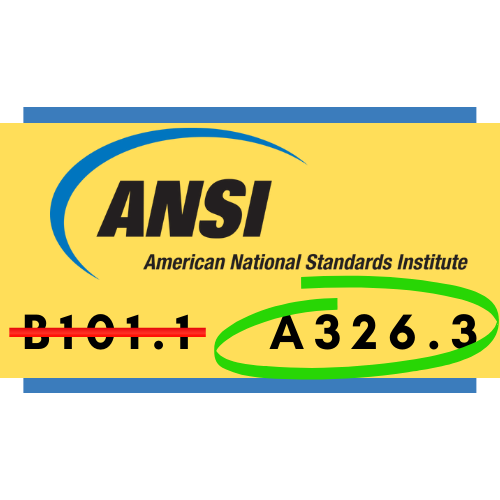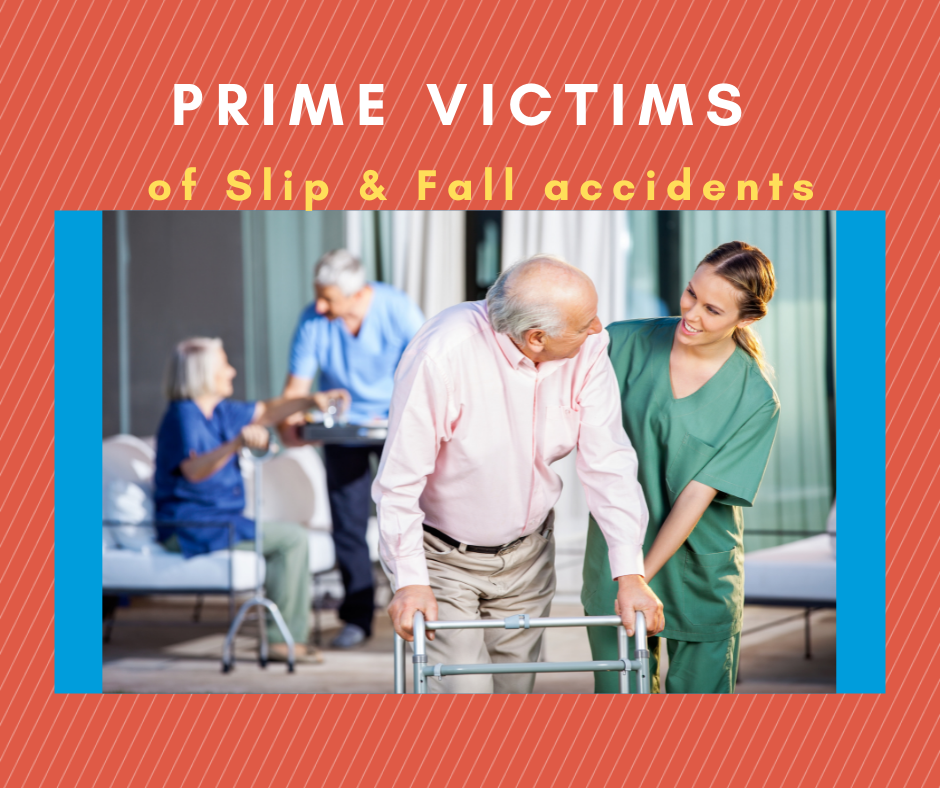

Understanding Slip and Fall Accidents: Causes, Consequences, and Prevention
"Preventing slip and fall accidents requires a combination of strategies, including regular maintenance and inspections, employee training, and the use of appropriate safety equipment. By implementing best practices for slip and fall prevention, businesses and organizations can create safer environments for all. Slip and fall accidents are preventable, and by taking steps to address slip and fall hazards, we can reduce their incidence and promote safer environments."

Top 5 Tips for Making Tile Flooring Less Slippery
If you have tile flooring in your house, you are probably aware of both its benefits and drawbacks. On one hand, they retain water much better than other types of flooring. On the other hand, tile floors can be very slippery, particularly when wet. This may lead to injuries, including severe ones. Therefore, making tile floors safer by minimizing slipperiness and enhancing grip is always a smart idea.

ANSI A326.3 is the ONLY Standard to Follow
There is no longer any ANSI standard for measuring the Static Coefficient of Friction (SCOF), thus completing the transition in the United States away from the SCOF method to the globally recognized DCOF method.“

A Slip & Fall’s Prime Victim
My grandparents are no longer with us. I was very close to them and I loved them deeply. If they were still with us though, knowing the information I know now, I would do my absolute best to make sure all their floors are safe for them to walk on. I would make sure that their shower floors, bathtubs, front patios, pool decks, kitchen floors, any surface they walk on are all slip resistant and safe for them.

Why Should I Test My Floor?
In the United States, there is only one standard that is acceptable for measuring slip resistance. It is the ANSI A326.3 which tests for the DCOF of a surface and requires the DCOF to measure above a 0.42 to be compliant with the standard.

